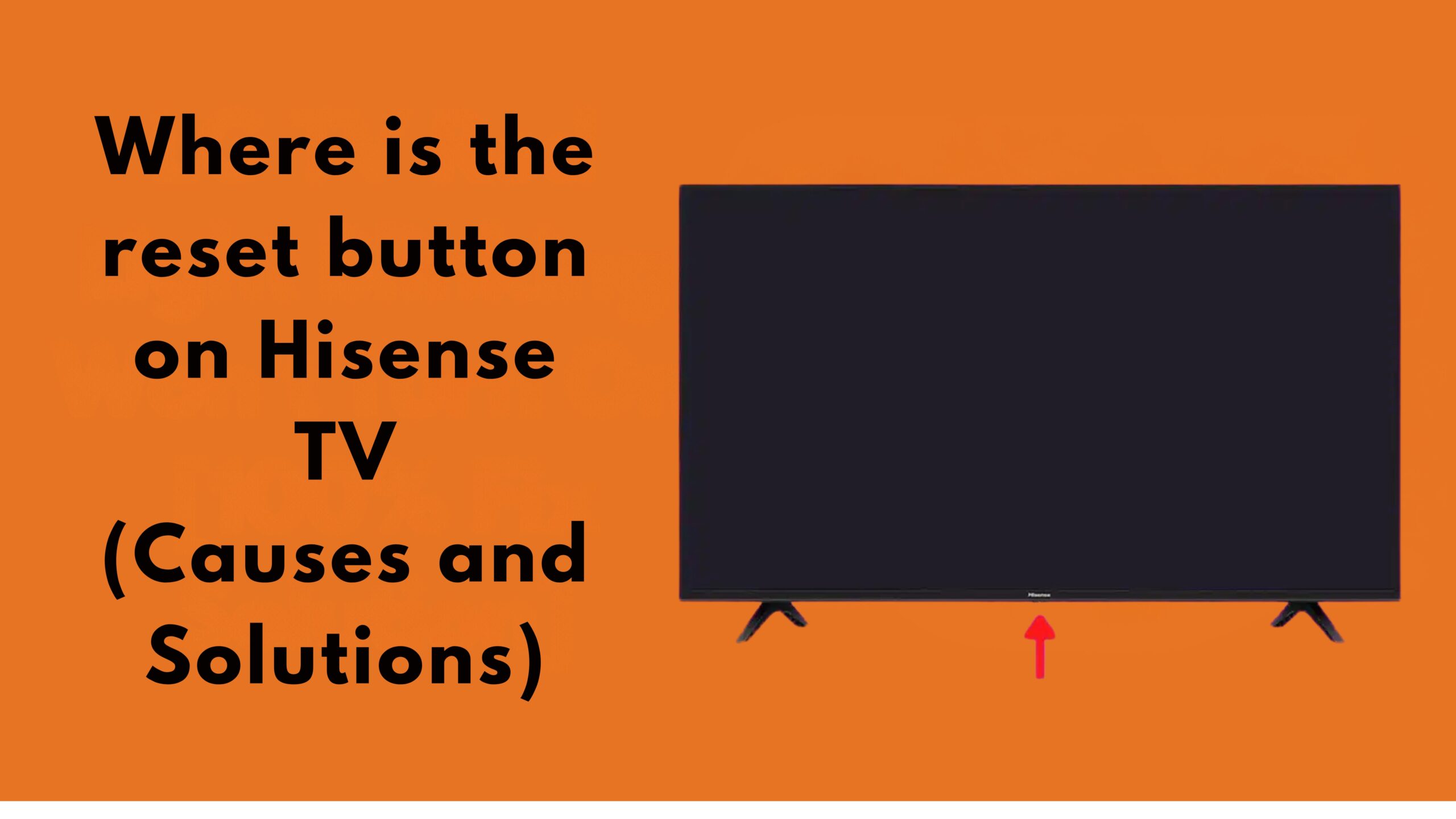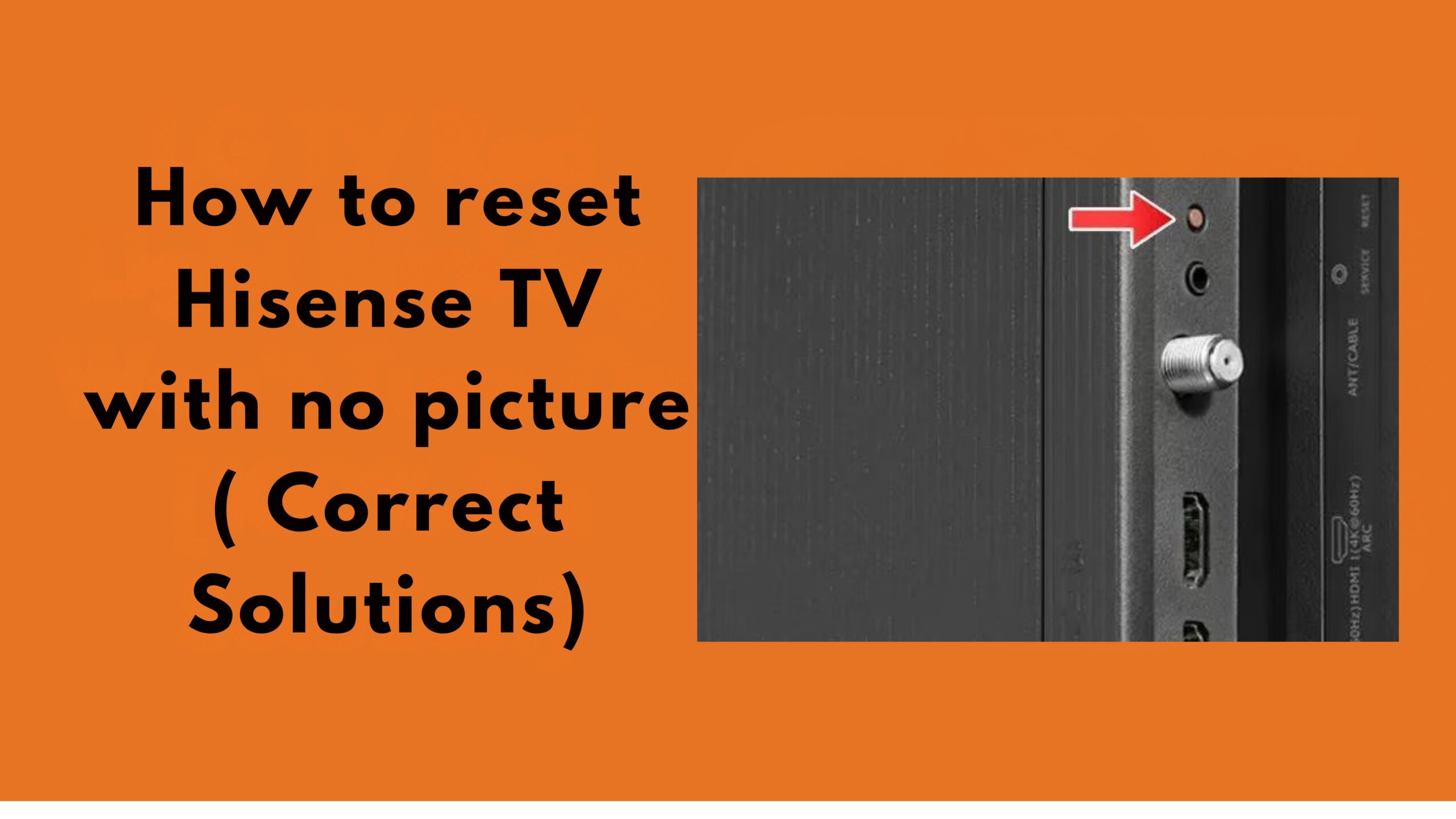There’s absolutely no denying that if you own a Samsung TV, it has been a trustworthy device.
After all, these TVs are known for their high quality, stunning visuals, and state-of-the-art technology – Samsung is a brand that everyone recognizes.
But, like any other electronic device out there, TV’s too tend to have some issues.
One such issue is the most annoying problem which one might face is a Samsung TV that keeps switching on and off constantly which is quite old.
In this tutorial, we will describe how this malfunction occurs, how to go about finding the root cause of the problem, and what can be done to fix the television.
It doesn’t matter if the warranty still covers your TV or if you have an old trusted friend and partner. We will address all the most important aspects of the issue.
Why Does My Old Samsung TV Keep Turning On and Off?
![old Samsung TV keeps turning on and off repeatedly [Solved]](https://4ucartoon.one/wp-content/uploads/2024/11/old-Samsung-TV-keeps-turning-on-and-off-repeatedly-Solved-300x169.jpg)
Samsung TV Red Light Blinking 6 Times (Fixed Solution)
But, before we get to fix the problem, consider the reasons behind the repeated ON and OFF action of your old Samsung TV.
It’s not an isolated situation and can happen because of many reasons like a deficiency in the hardware or the software. Let’s analyze the options for the most probable reasons:
1. Power Supply Issues
Faulty Power Cable:
Damaged Power Cable:
If proper insulation of the cables is not maintained or if the wires are bent then it is possible that these combined factors may lead to the TV being switched off frequently or automatically.
When the connection is loose or shaky, then it is possible that the television will not have constant voltage and may switch on & off frequently.
Power Supply Board Problems:
The internal components that distribute the electricity generated from the TV power supply primarily are located on the power supply board within the television.
Should this board become defective, the television may become unstable and users might notice the TV self-resets itself occasionally.
Power Surges:
If there was a power outage in your specific area of the house which is prone to outage, it could mean the circuitry within the unit has burnt out and the power supply is running inconsistently.
2. Overheating
Insufficient Ventilation:
There are many ways how inside the Television, dust, and other particles build up over time leading to thermal failures.
The design of modern TVs includes internal sensors that automatically shut the device off once it reaches a predetermined temperature.
Internal Dust Build-up:
The dust that settles on the internal parts can cause restrictions in the airflow thus leading to thermal overheating of the TV even when the outer surface is cool.
3. Remote Control Issues
Stuck Buttons:
It may not be the TV defect, but the remote that sometimes may also be the main culprit.
As long as one button on the remote is pressed down, the TV will always receive signals and result in unwanted self-resetting.
Interference or Malfunctions:
Other electronic appliances may cause signal interruption and result in random flashing of the power switch.
Also, it is possible for a remote that is broken to send the wrong message when it is aimed at the television.
![Old Samsung TV keeps Turning On and Off Repeatedly [Solved]](https://4ucartoon.one/wp-content/uploads/2024/11/Jeep-Grand-Cherokee-Key-Fob-Not-Detected-Causes-Solution-25-e1730977133759-135x300.png)
4. Software and Firmware Issues
Outdated Firmware:
Obsolete Firmware:
It is common for manufacturers to fix bugs and enhance performance, therefore firmware updates are released regularly.
App or System Malfunctions:
An app installed on your Samsung TV could be faulty and consequently force the TV to get stuck in a restart loop.
This is sort of the case with smart TVs running on platforms powered by the Tizen OS.
5. Internal Hardware Problems
Loose Connections:
Loose Connections: With time and regular use, the internal connections between the interacting parts inside the TV may get loose.
Such connections would also trigger a restart on the TV in the event that some hardware is operational while some are not.
Capacitor Damage:
As a patient of a TV aged several years, it is also possible that some capacitors within the TV may develop defects with time and such would eventually lead to failure to power the TV.
This is something that electronics at older ages are likely to develop and possibly require a repair.
6. External Device Interference
HDMI Conflicts:
More often than not, external devices connected to the TV through its HDMI ports, for instance, game consoles, set-top boxes, streaming devices, etc may interfere with the functionality of the TV.
When such devices are connected, settings or bad wires might cause the TV to power cycle.
How to Fix an Old Samsung TV That Keeps Turning On and Off
With an idea of the possible causes of the problem, let us now look at how we can repair the Samsung TV.
If there is any power cycling followed by the TV having the problem of automatically turning on and off showing the various system lights, then proceed to the listed instructions from 1 to fix the problem.
Step 1: Check the Power Source
The first thing to check in this situation is the source of power of the TV. At times, simply the power connection could be the source of the problems being experienced.
Inspect the Power Cord:
Examine the electrical cable for fraying, broken bits, or pinching injuries.The cord has to be replaced if it has reached its useful life. Damaged cords can pose a risk of fire.
Apart from this, it is also necessary to check the connection of the cord to both the wall socket and the set.
Test Another Power Outlet:
To get rid of any complications concerning the electrical supply, try plugging the TV into a different outlet.
If the TV works in another outlet, the original one might have issues, such as a loose connection or voltage fluctuations.
Use a Surge Protector:
If your TV is not connected to a surge protector, consider adding one. It is widely known that high voltage spikes can cause-blow electronic components.
For the time being, a surge protector can at least hinder the effect and may even fix the problem.
Inspect the Power Supply Board:
If none of the above solutions work for you, then the power supply board of your television set has to be inspected.
This is something far more technical, and likely to need a skilled repair. Nonetheless, if you are so inclined, take apart the TV to look for burnt parts or capacitors that have been blown.
Step 2: Check for Overheating
In case overheating happens to be the problem, let us look at what can be done to stop the TV from turning off, time and again:
Ensure Proper Ventilation:
You need to ensure that there is adequate distance around the TV for air flow. As TVs get heat, they require a lot of breathing space especially for older models.
Clean the TV Vents:
Dust might, with time, settle within your TV which may cause airflow blockage which is not good.
It is a good idea to use a can of compressed air and blow out any dust from the vents or cooling fans. Make sure that attempt is done with the TV unplugged.
Turn off the TV for Cool Down:
Just in case the TV is too hot to be touched, it is recommended to switch it off and give it thirty minutes before attempting to switch it back on.
Consider Using a Cooling Stand:
When overheating is confirmed to be a recurring issue, a cooling stand designed for electronics can be used as an investment piece.
These come in handy in getting rid of heating and ensuring the TV is at an optimal temperature.
Step 3: Troubleshoot the Remote Control
The culprit behind the on and off behavior more than likely is the remote control. Allow me to take you through the process of fixing this:
Remove the Batteries:
The batteries found in the remote control of your Samsung TV should be taken out.
When the batteries are not present and the TV ceases turning on and off regularly, the remote is likely broken.
A functioning replacement remote should be utilized to control the TV.
Check for Stuck Buttons:
To ensure that there are no buttons that are stuck for some reason, each button on the remote is pressurized to the same level.
If one of the buttons sticks such that it is pressed all the time, it will keep transmitting signals to the TV resulting in cycle powering.
Test the Remote’s Infrared (IR) Sensor:
Make use of a smartphone camera and view as the remote is sending signals. The remote should be pointed at the camera with any button being pressed.
A faint light should be visible from the remote’s IR emitter.
In the event that this is not the case, the remote control must be defective and should be replaced.
Check for Interference:
Check if there might be other remote-controlled devices attempting to send signals to the television, which is ultimately causing the power cycling.
Such sources could be any other remote control, gaming consoles, or even wireless broadband associated devices.
Step 4: Update or Reset the Firmware
Some troubleshooters have noted that a firmware upgrade is sometimes necessary if the TV must be forced to restart because of some software bugs or at times, certain bugs.
To resolve this
Update the Firmware:
Accessing the TV settings, go to the support option and check on firmware updates. If there are any new updates: download and install to check if the issue has been solved.
Factory Reset:
If updating does not help, the factory restores the device. This will bring your TV back to its original form when it was purchased together with the packages.
So, if you have embedded any apps or other settings, it’s recommended to have them all removed.
The reset option can be accessed by straightening towards Settings > General > Reset.
Step 5: Inspect for External Device Issues
If these external devices are causing the problem, then any one of them could be the reason for the power cycling if you have a Blu-ray player or gaming console, or streaming box connected to the television set.
So in sequence, proceed to step one:
Unplug All External Devices:
In the first step, unplug the HDMI cable connected to any of the external peripherals and examine if there are still issues accompanied by sporadic cycling of the Television.
If the answer to this is yes, then the problem may have originated from any of the connected devices.
Reconnect Devices One by One:
Reattach the devices one by one and try to test the TV after disconnecting each device. This way, you will be able to ascertain whether it is the device that is causing the problem or not.
Check HDMI Cables:
Also, switching on and off the television repeatedly could be via a damaged or malfunctioning HDMI cable. Seek resolution by using newer, fully functional HDMI cables for Repairing.MD.
FAQs
Can a Samsung TV turn on and off by itself without a remote?
Yes, this is quite possible if there is a defect with any of the internal components of the TV, for instance, the power supply board, or there is an issue with the firmware.
There may also be possible faults related to external devices that are incorporated to the TV set.
Will a power surge damage my Samsung TV permanently?
Increasing amperage can have adverse effects on the inner circuitry of the power supply system of your television depending on whether a surge protector was used.
If in fact damage is expected then take the television to a qualified technician.
How do I know if the power supply board is faulty?
Do capacitors on the power supply board sometimes get physically damaged or lose their shape in some way?
What else could be present or known if there are strong odors or gray gasses ejected by the device?
Call the television service immediately then and take all necessary actions.
Conclusion
The issue of a Samsung TV persistent on and off can be a source of ire to users, Still the good news is that most of the problems can be resolved without help from a professional.
It did not matter whether the problem was caused by the power supply, overheating or because of external devices.
This guide has explained in detail the troubleshooting techniques one can apply and how the problem was dealt with.
Never forget, to perform regular maintenance, for example cleaning the vents and checking that the power supply is sufficient.
Can help enhance the longevity of your TV as well as avoid any problems developing.
In case the problem continues even after attempting all troubleshooting measures, consulting a repair technician may be the next best step.

![old Samsung TV keeps turning on and off repeatedly [Solved]](https://4ucartoon.one/wp-content/uploads/2024/11/old-Samsung-TV-keeps-turning-on-and-off-repeatedly-Solved-1400x800.jpg)


![where is power button on samsung tv [Fixed]](https://4ucartoon.one/wp-content/uploads/2024/10/where-is-power-button-on-samsung-tv-Fixed-1-scaled.jpg)